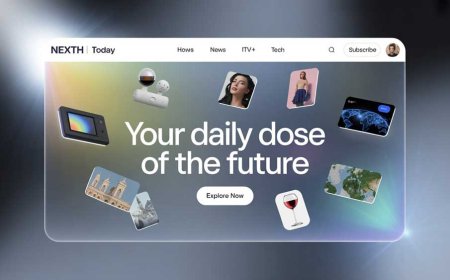WPP 2025: When Crisis Meets the Edge of Reinvention
The WPP 2025 crisis signals the urgent need for a deep transformation in advertising. New CEO Cindy Rose brings tech-driven leadership focused on AI, phygital platforms, and agile culture to redefine communication through interaction and relationships. WPP’s 2025 crisis highlights the need for innovation. Cindy Rose leads AI-driven transformation toward phygital, interactive, and relationship-focused communication.

The analysis offered in this Nexth.city piece is timely and sharp. The 2025 crisis engulfing WPP isn’t just a financial episode—it’s the culmination of deeper structural tensions that have long been building across the advertising and communication industries. What’s collapsing here is not a single holding group’s quarterly performance, but an entire era’s approach to value creation in media.
WPP’s urgent leadership reset, with the announcement of Cindy Rose as CEO effective September 1st, sends a clear signal: survival will not come from creative nostalgia or marketing consolidation. It will come from platform thinking, AI-native transformation, and a cultural reset grounded in product-led leadership.
Rose, with a tech-operational résumé spanning Microsoft Global Enterprise, Virgin, Vodafone, and Disney, is not your typical adland executive. She brings to WPP not just digital literacy but infrastructural fluency. Her appointment represents a conscious move toward embedding intelligence into WPP’s very architecture—from workflow to product design, from agency culture to client delivery.
But this is no easy reset. Rose takes the wheel in the wake of:
-
A surprise profit warning, dragging down WPP shares by 18% and pushing valuation to 16-year lows.
-
A fragmented media arm rebranded post-GroupM but still reeling from client attrition and execution gaps.
-
Mounting competition from AI-native platforms, consultancies, and insurgent creators that have cracked the code of attention + trust over volume.
The old agency DNA—built around holding company logic, central control, and margin management—is now at odds with the multi-nodal, phygital, and AI-augmented market we’ve entered. The gravity has shifted: not toward consolidation, but toward distributed creativity, algorithmic personalization, and shared narrative ecosystems.
In this sense, the WPP crisis is not a failure to adapt fast enough—it’s a failure to rethink from the ground up. And Rose's success will depend on her ability to lead that radical rethinking.
She must:
-
Rebuild internal trust by flattening legacy hierarchies and empowering agile teams.
-
Move WPP Open from promise to platform, turning tools into real-time value for clients and talent alike.
-
Reorient the business around clients' business outcomes, not just media outputs.
-
Infuse a global-first, not UK-centric mindset, especially to reclaim market share in North America.
From a broader perspective, this moment confirms something we at Nexth have long observed: the future of communication is not advertising—it is interaction. And interaction is increasingly powered by AI, data fusion, and hybrid phygital infrastructures—all of which are natively incompatible with 20th-century holding company models.
As Cindy Rose steps in, the challenge is not just to turn the ship—but to redesign the ship while it’s moving. Whether she succeeds or not, the direction is now unmistakable: toward ecosystems, not silos. Toward engagement, not impressions. Toward meaning, not media.
And for the rest of us? The WPP crisis should serve as a wake-up call: build platforms that connect, not just campaigns that convert. Create value that lasts beyond the quarterly pitch. And stop thinking of advertising as the product. The real product is the relationship.
Let’s hope WPP learns that in time. And if not, others surely will.
What's Your Reaction?
































